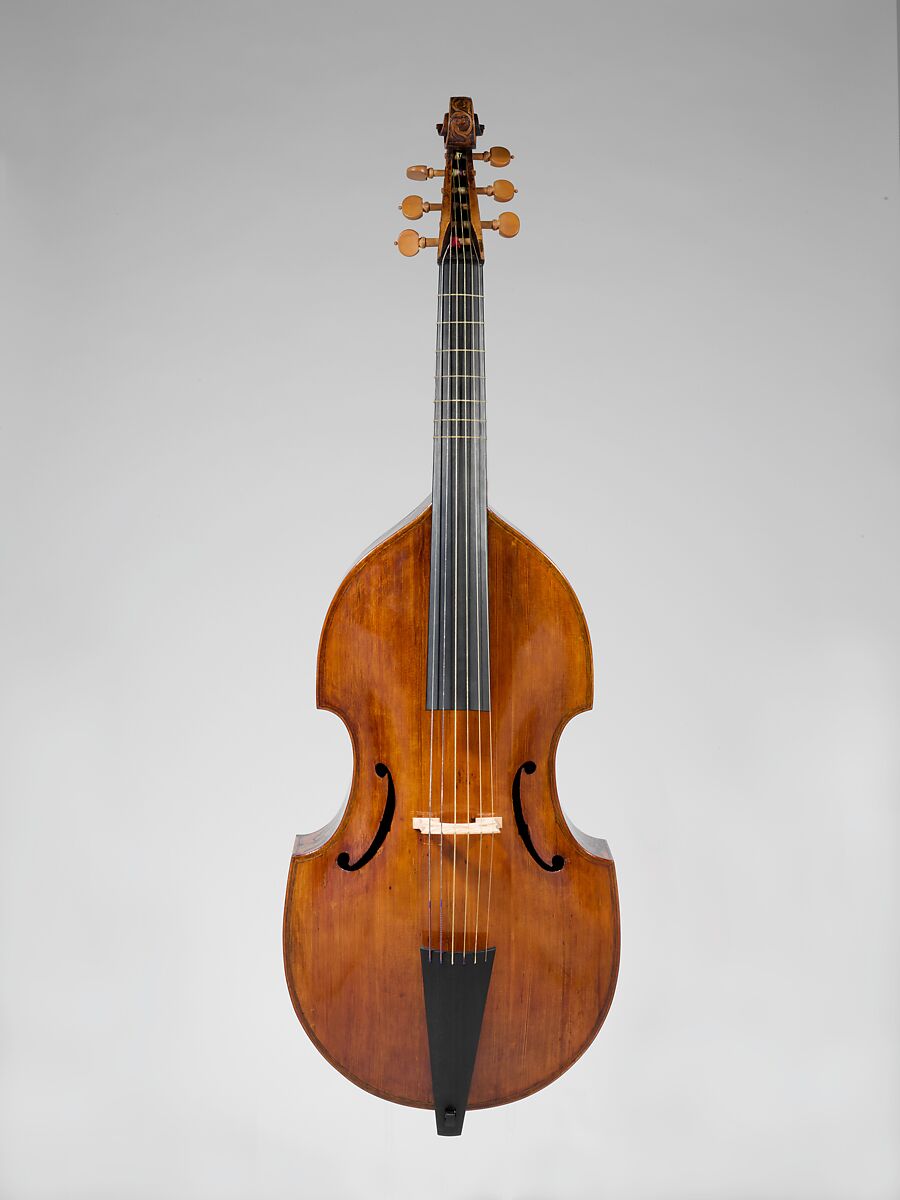 |
| [Image Source/Credit: https://hipwallpaper.com/view/gZfty6] |
The Extraordinary History and Development of the Violin
Author: Adisha Kariyawasam
Introduction
I am passionate about the violin from artistic, technical and musical points of view. From a very young age I became fascinated in the mythology, history and development of this unique instrument and take this opportunity to present a summary. Whilst it is not intended to be an exhaustive survey and certain facts are open to debate, I hope this short piece will allow readers to gain a greater appreciation of this beautiful string instrument and that it will also serve as a basis for further study and research.
5000BC: The Ravanahatha
(Variant names: Ravanhatta, Rawanhattha, Ravanastron, Ravanahasta Veena)
 |
| The Ravanahatha |
This ancient Indian stringed musical instrument can be considered the blueprint for which western stringed musical instruments such as the present day violin and viola were later based.
From India, the Ravanahatha travelled westwards to the Middle East and Europe, where in the 9th century, it came to be called the Ravan.
According to Hindu mythology, the Ravanahatha was brought from Sri Lanka to India by the Hindu God, Lord Pawanputra Hanuman.
9th Century: The Rabab
There is general agreement that the instrument that we know as the modern violin originated from the Arabic Rabab. |
| The Rabab |
Like the Ravanahatha, this instrument had two strings that were made of silk attached to an endpin and strung to pegs that were used to tune the strings in fifths. The Rabab was fretless and had a a pear-shaped body that was made of gourd (a fleshy, typically large fruit with a hard skin) and had a long neck.
This instrument was held on one's lap and played using a bow with a resin that was rubbed on to its string, much like rosin on a present day violin bow. Although no images or examples exist of this instrument it is described in documents dating from the late 9th century.
11th Century: The Rebec
Shortly after the European crusades, an instrument called the Rebec, based on the Rabab appeared first in Spain during the middle 11th century.
 |
| The Rebec |
The Rebec differed from the Arabic Rabab very slightly: The Rebec had three strings instead of two, its body was made of wood rather than gourd and the instrument was placed on the shoulder when playing rather than on the lap.
13th Century: The Vielle
The Vielle appeared in 13th century France and differed from the Rebec significantly. |
| The Vielle |
The Vielle had five strings, a larger body that was closer in shape to the modern violin and had ribs to enable greater flexibility when bowed. It is interesting to note that the name Vielle was later used to refer to a different instrument - vielle à rue (vielle à roue) - or as it is more commonly known - the hurdy-gurdy.

The Viol
Furthermore, during the Renaissance era, (1400-1600) there also existed bowed string instrument called viols.
These instruments had six strings in total, tuned in 4th with a 3rd in the middle:- A D G B E A.
Whilst small viols were held on the lap, and the larger ones were held between the knees, which gave them the name of viol da gamba, meaning 'a leg viol'.
| The Viol |
Furthermore, during the Renaissance era, (1400-1600) there also existed bowed string instrument called viols.
15th Century. The Viola di Braccio
(Variant names: Lira di Braccio, Lira da Braccio)
 |
| The Viola di Braccio |
The Viola di Braccio (or "viol of the arm") appeared in 15th century in Italy.
Whilst it retained the general shape and size of the Vielle it had a reduction in number of strings from five to three strings much like the Rebec.
Also, for the first time, the C shaped sound holes of the rebec and Vielle were replaced by the now familiar f shaped sound holes that are used on modern violins.
16th Century: The Violin
The violin, by all accounts, originated in Northern Italy during the first half of the 16th century. However, the "inventor" of it was unknown and remains open to discussion.That said, most scholars credit Andrea Amati of Cremona (c.1511-1577), as the first known violin maker since there exists documentation of two violins he created between 1542 and and 1546.
 |
| The 16th century violin |
However, these instruments had only three strings, like the rebec. The first four string violin, also by Andrea Amati, was dated 1555. Also, the oldest surviving violin, c.1560, was created by Andrea Amati.
Other scholars disputed Andrea Amati's claim as the first violin maker and instead awarded this tribute to Gasparo di Bertolotti da Salò (Gasparo da Salo) of Brescia (c.1540-1609). Their rationale was that Andrea Amati was trained by lute makers; in fact, documents do exist describing Amati as a lute maker and few of Amati's violins survive.
Reasons dictated that since the violin was a new instrument form, the term "violin maker" would have been unknown; furthermore, there exist documents describing a sale of 24 violins by Andrea Amati to Charles IX of France in 1560; and it only takes one surviving violin to prove Amati created violins and there are 14 Amati instruments that are known to have survived.
Finally, it is interesting to note that the violin may have been introduced back in to India and Sri Lanka around 1790 by military bandsmen in the East India Company, many of whom were of Irish descent.
(*All source information and images are derived from the public domain)
Further Reading
1. http://www.fiddlingaround.co.uk/ - A great source of information about the violin and its folk counterpart, the fiddle and its influence all over the world.
Thank you for taking the time to read this post. I welcome your comments and feedback!
ReplyDelete